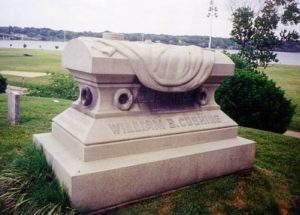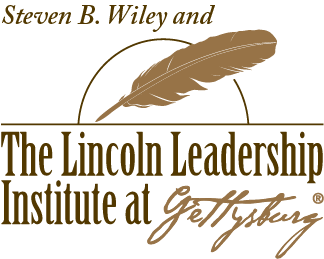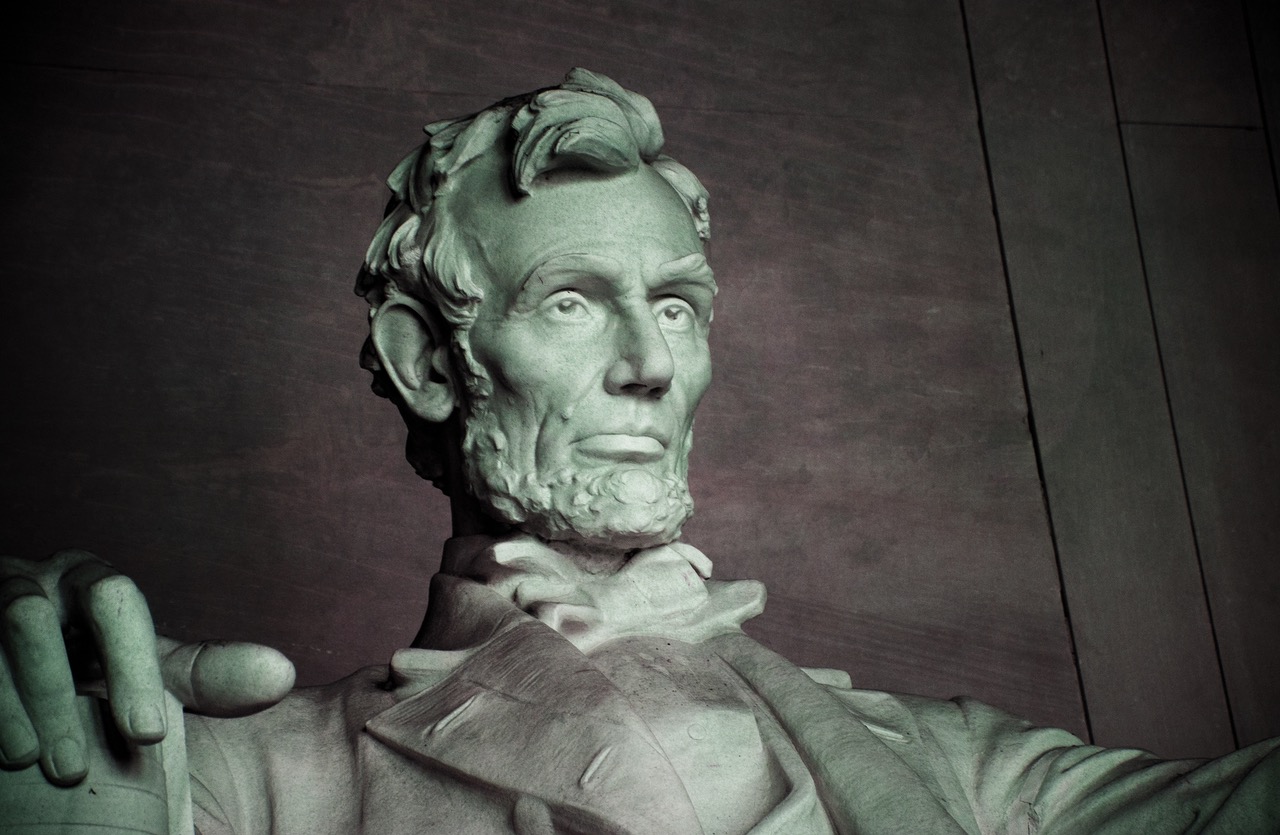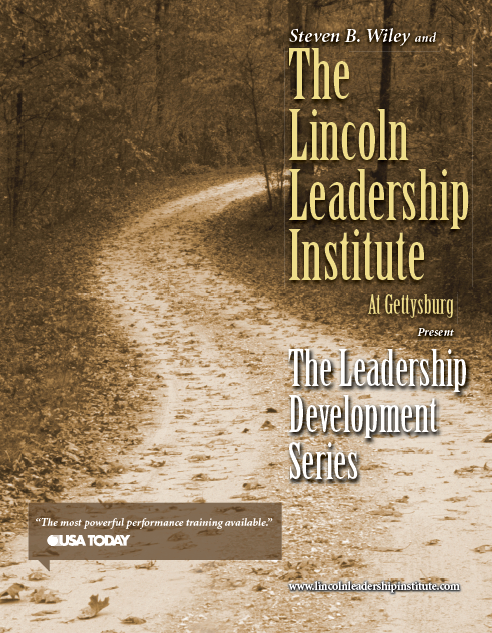
“Courage is not the absence of fear, but the capacity to act despite our fears.” – John McCain
Senator John McCain was buried in the U.S. Naval Academy Cemetery on September 2, 2018. McCain, a six-term senator from Arizona and 2008 Republican presidential nominee, died of brain cancer at the age of 81. Flying from an aircraft carrier on a bombing mission in 1967, he was shot down over Hanoi, the capital of North Vietnam, and spent 5½ years as a prisoner of war.
The small cemetery at Annapolis occupies about 6.7 acres on a grassy hill at Hospital Point where College Creek — once known as Grave Yard Creek — meets the Severn River in Annapolis. The cemetery dates to 1869 and is rich with Navy lore and the echoes of great deeds.
 Not far away from the grave of John McCain is the stone sarcophagus of the Union Navy officer William B. Cushing. Cushing gained fame as one of the most daring naval commanders of the Civil War. In the Navy, Will developed into “something” — a prodigy of behind-the-lines warfare, a forerunner of today’s Navy SEAL. His two most famous acts are the nighttime raid and destruction of the formidable Confederate ram CSS Albemarle and his leading of the naval brigade in the assault upon Fort Fisher, N.C. William Cushing died at the age of 32 in 1874 of “sciatic tuberculosis.” Cushing’s grave is marked by a large monumental casket made of marble, on which in relief, are Cushing’s hat, sword, and coat. On one side of the stone the word “Albemarle” is cut and on the other side, “Fort Fisher.”
Not far away from the grave of John McCain is the stone sarcophagus of the Union Navy officer William B. Cushing. Cushing gained fame as one of the most daring naval commanders of the Civil War. In the Navy, Will developed into “something” — a prodigy of behind-the-lines warfare, a forerunner of today’s Navy SEAL. His two most famous acts are the nighttime raid and destruction of the formidable Confederate ram CSS Albemarle and his leading of the naval brigade in the assault upon Fort Fisher, N.C. William Cushing died at the age of 32 in 1874 of “sciatic tuberculosis.” Cushing’s grave is marked by a large monumental casket made of marble, on which in relief, are Cushing’s hat, sword, and coat. On one side of the stone the word “Albemarle” is cut and on the other side, “Fort Fisher.”
Cushing’s brother was Lieutenant Alonzo Cushing, who was killed at Gettysburg and is buried at West Point. During the height of Pickett’s Charge, Cushing was wounded yet remained with his battery, continuing to direct its fire, until wounded again, this time mortally. The Cushing family is the only military family to have a son buried at each of the two United States Military Academy cemeteries.
McCain and the Cushing brothers knew something about courage and bravery, two concepts that are frequently misused. In Character Strengths and Virtues, authors Christopher Peterson and Martin Seligman suggest that, “Bravery is the ability to do what needs to be done despite fear.” Throughout their careers these three men were continually in situations where they saw risks or possible dangers – in some cases physical risks, in others reputational or social risks – yet demonstrated bravery by acknowledging the risk yet still taking action that was beyond mere self-interest.
Agree with their individual causes and positions or not, these were men of courage.
This article was written by LLI faculty member Joe Mieczkowski.





Recent Comments